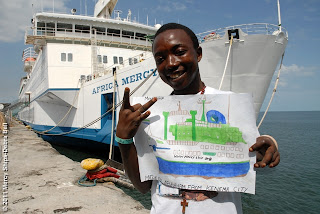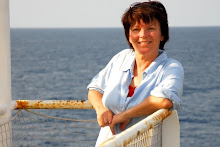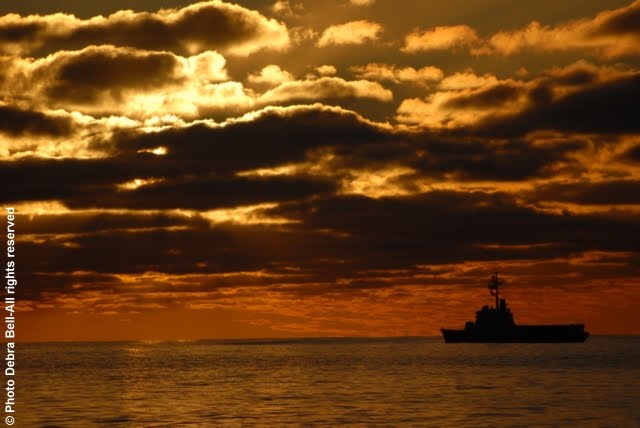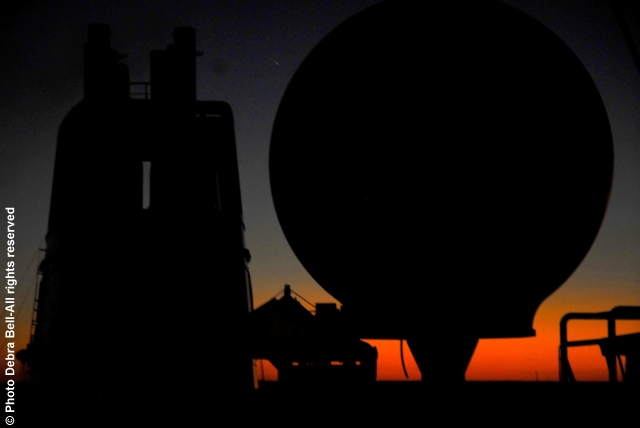Throughout each field service, Mercy Ships is committed to investing in local health care infrastructure in ways that will continue to have an impact long after the ship leaves. In keeping with this long-term capacity-building strategy, Mercy Ships donated three modular buildings to Rokupa Government Hospital in Freetown, Sierra Leone, at the end of the 2011 Sierra Leone Field Service.
On 7 December 2011, the buildings, which had been refitted and converted into seven offices, were delivered to premade foundations at their new location, which was chosen in collaboration with the Ministry of Health and Sanitation.
Rokupa Hospital is a 35-bed facility that serves over 350 surgical patients per year. Formerly, the Outpatient Department at the hospital consisted of a concrete slab in the parking lot covered by plastic tarps and a steel roof. The new buildings will provide a new tuberculosis, leprosy and HIV Outpatient Department and Cholera Treatment Centre, as well as administrative offices and storage space.
This donation provides the staff at Rokupa with a secure, controlled environment in which to treat outpatients. It is an area that can be permanently set up and maintained, which will save time and allow for safe storage of hospital records and equipment.
Dr. Matilda King, the representative from Rokupa Government Hospital, was thrilled with the donation. "I want to thank Mercy Ships so much for their generous donation," she said. "I hope the buildings will be in the same shape when Mercy Ships returns to Sierra Leone!"
January 2012
Story by Catherine Cooper
Photos by Debra Bell
 |
| Crew from the Africa Mercy loads the disassembled modular buildings onto a truck for transport to the Rokupa Government Hospita |
 |
| The buildings are reassembled at the hospital, a 35-bed facility that serves over 350 surgical patients per year |
On 7 December 2011, the buildings, which had been refitted and converted into seven offices, were delivered to premade foundations at their new location, which was chosen in collaboration with the Ministry of Health and Sanitation.
 |
| Africa Mercy Off-Ship Maintenance Coordinator Ryan Hare hands over the keys to Dr Matilda King, to be used as an Outpatient Department, Cholera Treatment Centre and administrative offices. |
Rokupa Hospital is a 35-bed facility that serves over 350 surgical patients per year. Formerly, the Outpatient Department at the hospital consisted of a concrete slab in the parking lot covered by plastic tarps and a steel roof. The new buildings will provide a new tuberculosis, leprosy and HIV Outpatient Department and Cholera Treatment Centre, as well as administrative offices and storage space.
This donation provides the staff at Rokupa with a secure, controlled environment in which to treat outpatients. It is an area that can be permanently set up and maintained, which will save time and allow for safe storage of hospital records and equipment.
Dr. Matilda King, the representative from Rokupa Government Hospital, was thrilled with the donation. "I want to thank Mercy Ships so much for their generous donation," she said. "I hope the buildings will be in the same shape when Mercy Ships returns to Sierra Leone!"
January 2012
Story by Catherine Cooper
Photos by Debra Bell











































































